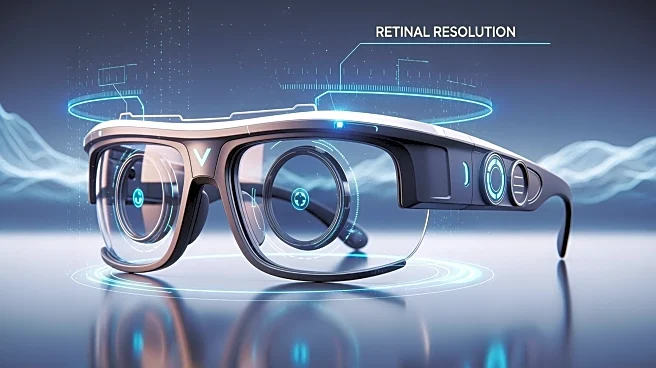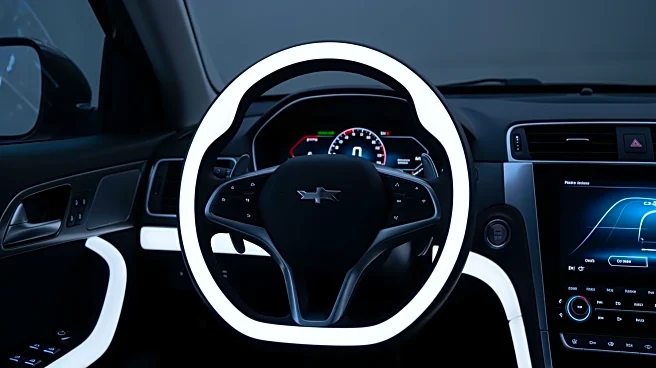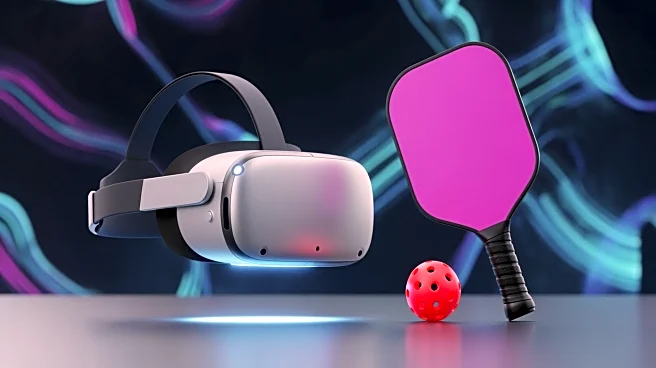What's Happening?
A recent study conducted by the University of Cambridge and Meta Reality Labs has challenged the long-held belief that the human eye can detect a maximum of 60 pixels per degree (PPD), known as 'retinal
resolution'. The research, published in Nature, suggests that the upper threshold is significantly higher. The study involved measuring participants' ability to detect display features in various scenarios, including color and greyscale, using a novel sliding-display device. Results indicated that foveal vision can perceive up to 94 PPD for black-and-white patterns, 89 PPD for red-green, and 53 PPD for yellow-violet. Some participants even perceived up to 120 PPD, double the previously assumed limit. This finding has implications for XR headset design, particularly in optimizing foveated rendering, which reduces rendering quality in peripheral vision.
Why It's Important?
The study's findings have significant implications for the XR industry, particularly in enhancing visual sharpness and efficiency in headset design. By understanding that the human eye can perceive more than previously thought, manufacturers can aim for higher resolution targets, potentially improving user experience. This could lead to advancements in foveated rendering, reducing bandwidth and computational demands by optimizing resolution for specific color channels. As XR technology becomes more prevalent in various sectors, including gaming, education, and remote work, these improvements could enhance the functionality and appeal of XR devices, driving industry growth and innovation.
What's Next?
The study suggests a new target for true retinal resolution in XR hardware, prompting manufacturers to reconsider their design specifications. As the industry adapts to these findings, we may see a shift towards higher resolution displays in future XR headsets. This could lead to increased competition among manufacturers to achieve the new benchmarks, potentially resulting in more advanced and cost-effective XR devices. Additionally, further research may explore the implications of these findings on other aspects of visual technology, such as virtual reality and augmented reality applications.
Beyond the Headlines
The study raises questions about the ethical and practical implications of pushing visual technology boundaries. As XR devices become more sophisticated, considerations around user privacy, data security, and the potential for sensory overload may arise. Furthermore, the study highlights the need for ongoing research into human visual perception, which could inform not only technological advancements but also medical and psychological understanding of vision.











